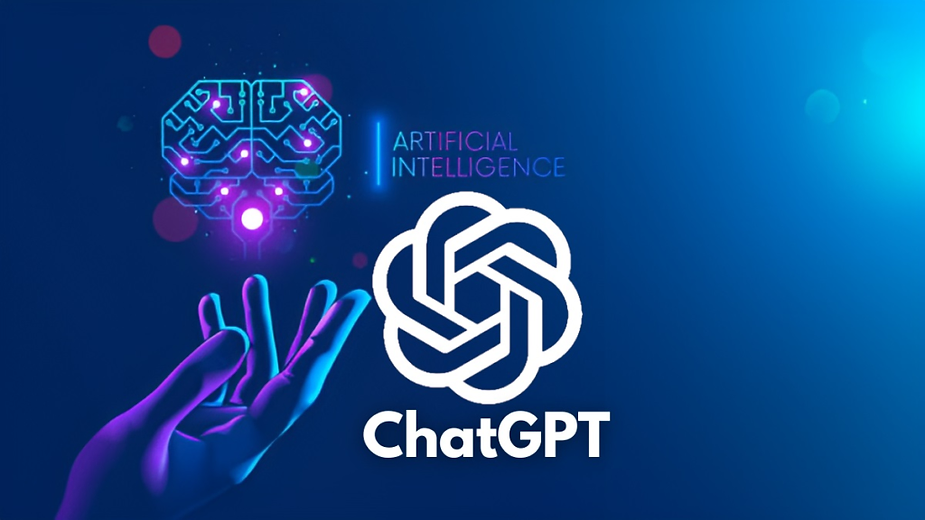Articles
The Benefits of AI in Beekeeping
Beekeeping has been an important practice for thousands of years, and it continues to play a critical role in agriculture, as bees are essential for pollinating crops. However, beekeeping is not without its challenges, and beekeepers have historically struggled with issues such as pests, diseases, and weather fluctuations. Today, advancements in artificial intelligence (AI) technology are revolutionizing beekeeping, providing new tools and solutions to improve bee health and productivity.

One of the most significant benefits of using AI technology in beekeeping is the ability to monitor bee behavior and health in real-time. With AI-powered sensors and cameras, beekeepers can track the movement of bees, monitor their hive activity, and identify potential issues such as the presence of pests or disease. By doing so, beekeepers can take proactive measures to protect the health of their colonies and prevent issues from spiraling out of control.
One example of a product that leverages AI technology for beekeeping is BeeHero, a company that offers an AI-powered monitoring system for beehives. The system uses sensors to collect data on hive activity and environmental conditions, such as temperature and humidity, and analyzes the data using machine learning algorithms to identify patterns and anomalies. The system can detect issues such as mite infestations, hive congestion, and poor nutrition, and alert beekeepers in real-time so they can take action to address the problem.
Another benefit of using AI technology in beekeeping is the ability to diagnose bee diseases quickly and accurately. Bee diseases can have a devastating impact on colonies, and early diagnosis is critical for effective treatment. Thanks to advancements in machine learning and big data analytics, AI-powered systems can analyze images of bees and identify signs of disease, such as discoloration and deformities, with high accuracy.
The United States Department of Agriculture (USDA) has conducted research using big data to diagnose larval health and disease in bees. In a study published in the Journal of Economic Entomology, researchers used machine learning algorithms to analyze images of bee larvae and identify signs of disease. The study demonstrated the potential of AI to improve the speed and accuracy of diagnosing bee diseases, which can help beekeepers take more effective measures to protect their colonies.
AI technology can also help beekeepers optimize hive management and productivity. By analyzing data on hive activity and environmental conditions, AI-powered systems can provide insights into when and where to move hives for optimal pollination, as well as when to add or remove frames to promote healthy brood development. AI can also help beekeepers identify the best times to harvest honey and predict honey yields based on environmental conditions and other factors.
One example of a product that uses AI to optimize hive management is ApisProtect, an Irish startup that offers an AI-powered hive monitoring system. The system uses sensors to collect data on hive activity and environmental conditions, and analyzes the data using machine learning algorithms to identify patterns and insights. The system can provide recommendations to beekeepers on when to move hives, when to add or remove frames, and when to harvest honey, based on real-time data and predictive analytics.
Finally, AI technology can also help beekeepers reduce their environmental impact and improve sustainability. By optimizing hive management and productivity, beekeepers can reduce the number of hives needed to achieve the same pollination results, reducing their carbon footprint and resource consumption. AI can also help beekeepers identify areas where they can reduce their use of pesticides and other chemicals, by providing insights into the best times to apply treatments and identifying natural alternatives to chemical treatments.
In conclusion, AI technology has the potential to revolutionize beekeeping, providing new tools and solutions to improve bee health and productivity, optimize hive management, and promote sustainability. As the examples of Beewise, ApisProtect, and the USDA research show, there are already commercially available products and research efforts that leverage AI technology to benefit beekeepers and the agriculture industry as a whole. As the technology continues to evolve and become more.
NOTE: This entire column up to this point was written by an AI program! I simply asked for ‘500-600 words on the benefits of AI in beekeeping, making a reference to current research and commercial products’. So, they are pretty clever (but the editor says I should have asked for UK-English grammar and spelling – please forgive that and don’t blame the ‘bot!). – Darren Bainbridge, founder and general manager of MyApiary, a provider of beehive, apiary and honey house management software, as well as beekeeping business advisory and consultancy. www.myapiary.com
See the original article at:https://www.apiaristsadvocate.com/post/the-benefits-of-ai-in-beekeeping
